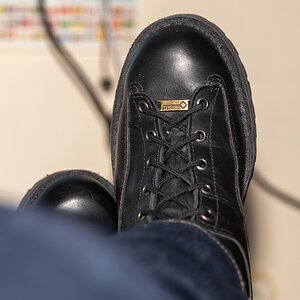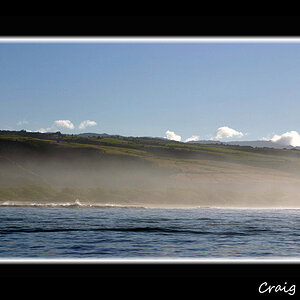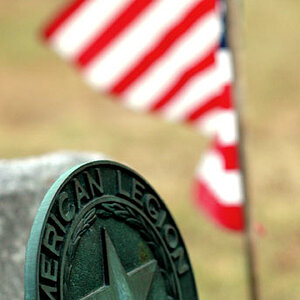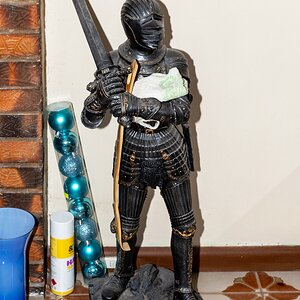myopicseer
TPF Noob!
- Joined
- Nov 14, 2009
- Messages
- 2
- Reaction score
- 0
- Location
- ohio
- Can others edit my Photos
- Photos NOT OK to edit
I am an oil painter, not a photographer. I plan to hire a photographer to photo my art, but for now I am tasked with this assignment. Over many years using my simple Coolpix 5700, I have always seemed to have the same problem when shooting my art:
Slight "fisheye" (bulge) effect. I try to shoot within a range of 4 feet. I generally have tried to use the close setting (the flower icon). Inevitably the straight edges of the canvas or picture frame bow slightly outward. This drives me nuts, since otherwise the image color, exposure...everything else is very acceptable to me. I tried googling this problem, and cannot locate any reference to it at all. Is this likely a problem with the camera, with the settings or with my approach? I am absolutely clueless and would appreciate some possible insight.
Thanks.
Slight "fisheye" (bulge) effect. I try to shoot within a range of 4 feet. I generally have tried to use the close setting (the flower icon). Inevitably the straight edges of the canvas or picture frame bow slightly outward. This drives me nuts, since otherwise the image color, exposure...everything else is very acceptable to me. I tried googling this problem, and cannot locate any reference to it at all. Is this likely a problem with the camera, with the settings or with my approach? I am absolutely clueless and would appreciate some possible insight.
Thanks.






![[No title]](/data/xfmg/thumbnail/40/40308-f92e28f094216c151f3ad1fd7453c99b.jpg?1619739413)

![[No title]](/data/xfmg/thumbnail/35/35262-02f8eba4a2a92dbae0b55547bba80b4f.jpg?1619736968)
![[No title]](/data/xfmg/thumbnail/40/40309-c759bfd4ae7c079632e7402d21d332f1.jpg?1619739414)
![[No title]](/data/xfmg/thumbnail/41/41821-2e92de82ffc4cd2d520a8fa10fb8b6a5.jpg?1619739905)
![[No title]](/data/xfmg/thumbnail/40/40311-715dda8167abb793178d6abf7e8136fe.jpg?1619739414)
![[No title]](/data/xfmg/thumbnail/33/33031-909b1e1ff8739eef165c60b70c9a6a38.jpg?1619735845)
